KOLTON MATUREY
ANTELOPE STAFF
In 1996, The Antelope published a research study conducted by three students: Ronnie Reid, Aaron Babcock and Tammy Skrdlant. The research team surveyed students about their internet usage on campus. At this time internet access had only been on the UNK campus for five years and was only available on desktops in the library.
Interested by this collection of articles, I wanted to see how this survey would match up to today’s UNK students.
The first article offered details on students’ interactions with the computers: out of 159 surveyed students, around 58% of them did not use the internet at all. For those who did access the internet, the average time spent on computers was around 3.9 hours. Seventy percent of student users used the internet at least once a week, and the remaining 30% used it at least once a day.
In a survey conducted this year, 100% of students said they accessed the internet on a daily basis and had access to a personal computer.
The 1996 survey found that females were the leading internet users at 61% of the total user base. Male users reported higher volume of usage and returned to the internet more frequently and consistently than female students.
Of my 45 respondents in the anonymous survey, 68.9% identified as female, 26.7% identified as male and 4.4% as non-binary/other gender.
The second goal of the 1996 team was investigating student’s access of pornography. In the 90s, around 13% of respondents admitted to accessing porn on school computers. Female students made up the majority of respondents who admitted that they had in the survey.
Today, 78.6% said they did not access pornagraphy and 21.4% said they did. Of those who answered yes, females still made up 55% of the pool while males made up 45%.
Twenty-six years later, I hoped my results from the survey would draw some interesting similarities or drastic differences. However, it did not quite go how I had hoped.
My survey consisted of 11 questions working to establish how students access the internet, how long they use it, and how much of that time is dedicated to school and recreation.
My fifth question, ‘Do you access porn?’ caused a bit of pause from respondents. According to secondhand feedback and text messaging histories, a large portion of students who were sent the survey link were bothered by this question. Because of this discomfort the survey only accumulated a total of 45 responses over a weeklong data collection period.
Student feedback revealed a stigma surrounding this question and perhaps the fear that I had the ability to see their answers, though the survey was anonymous.
With only about a third of the original survey respondents, my survey was not able to provide significant enough findings to reflect UNK’s current student body. This is especially apparent when we took into account that UNK has an additional 2,000 students on campus than it did in 1996.
I hope that if I conduct a proper survey and study, I could leave behind an interesting study for future reporters 26 years from now to compare to the students of their time — however different the responses may be as the world becomes more reliant on technology.

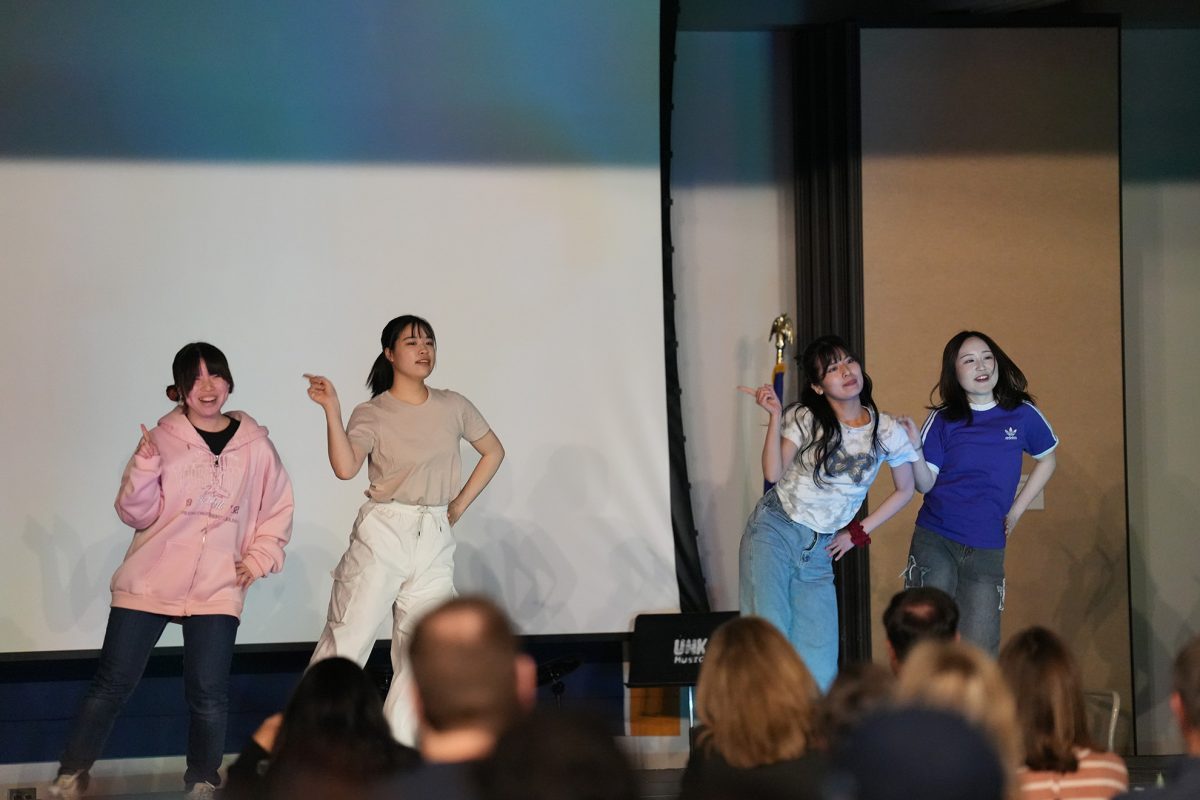
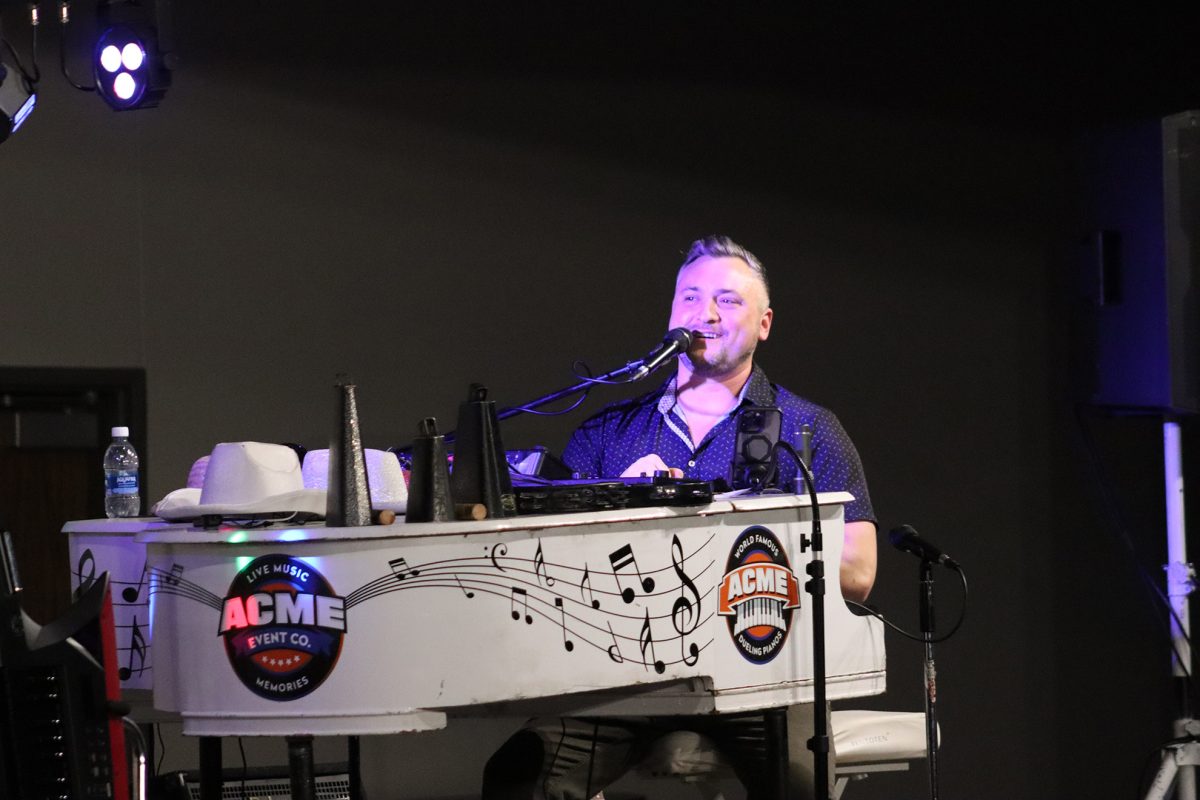
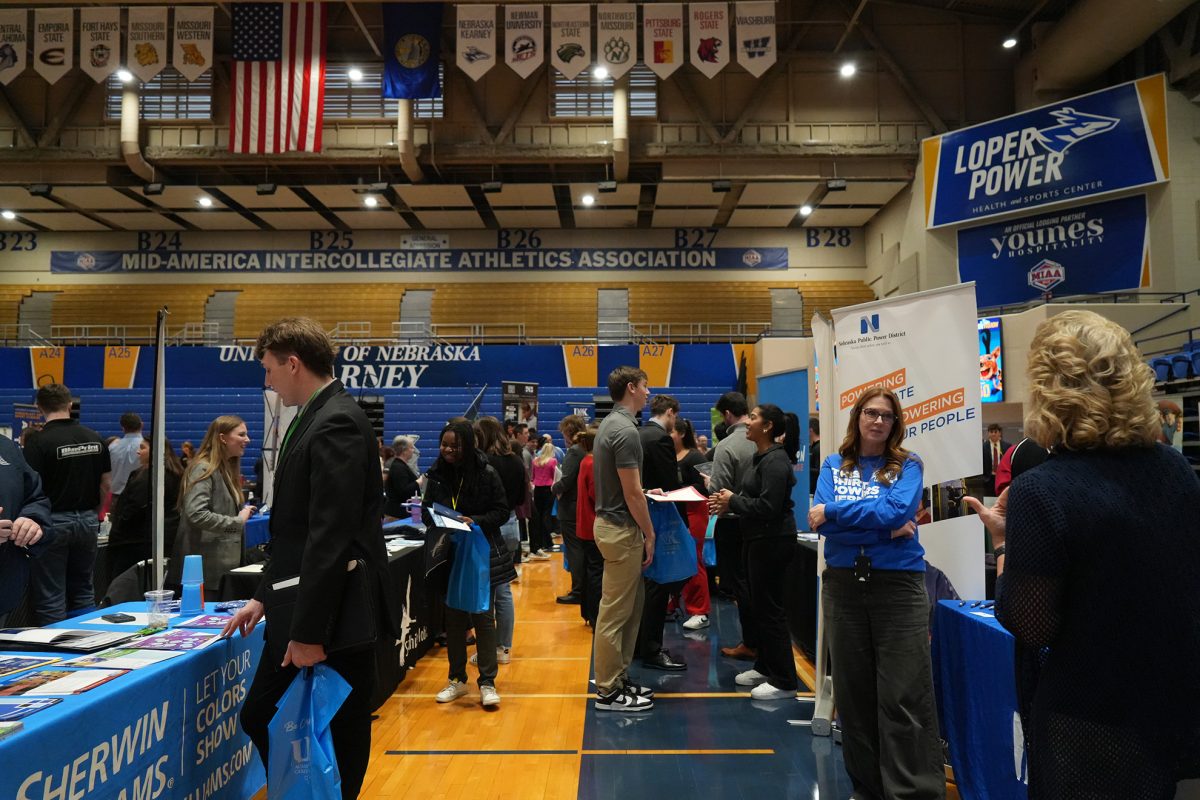
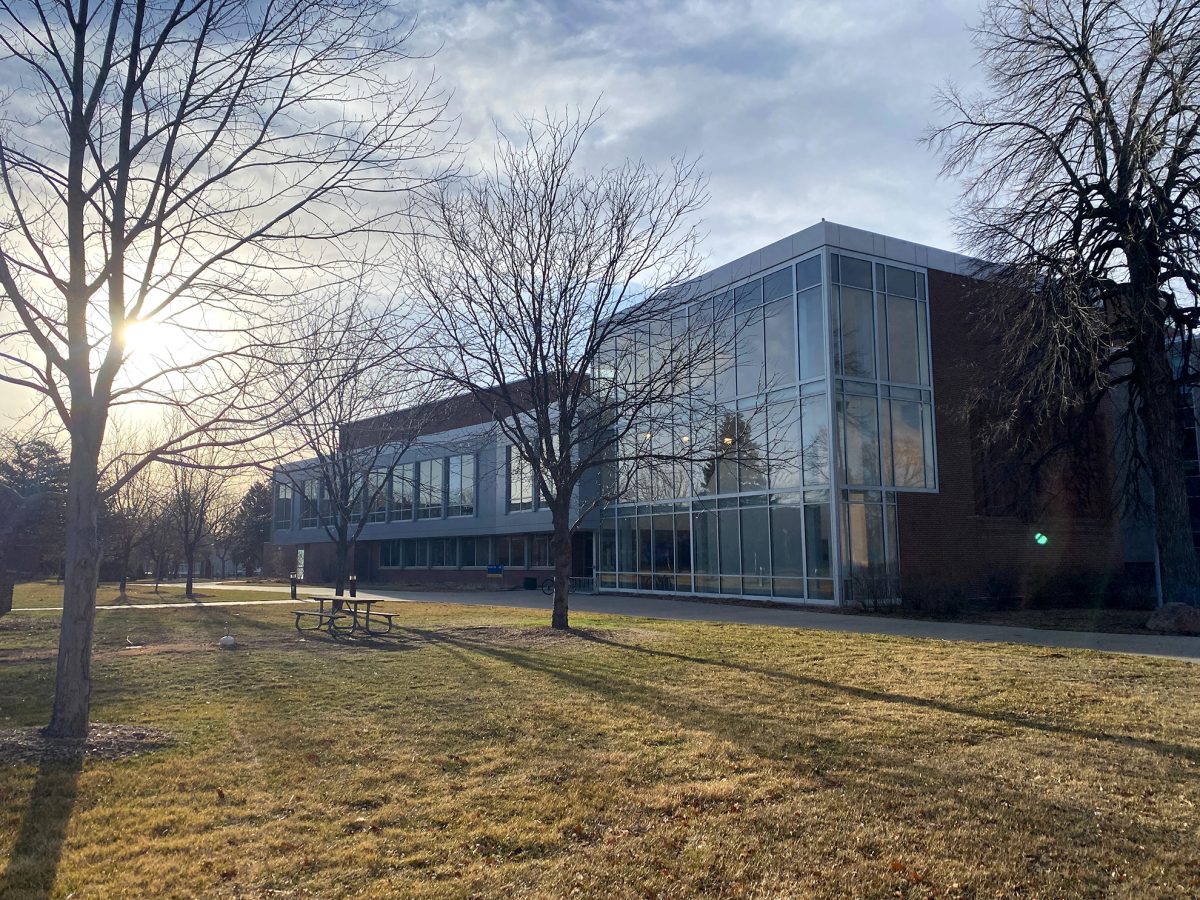

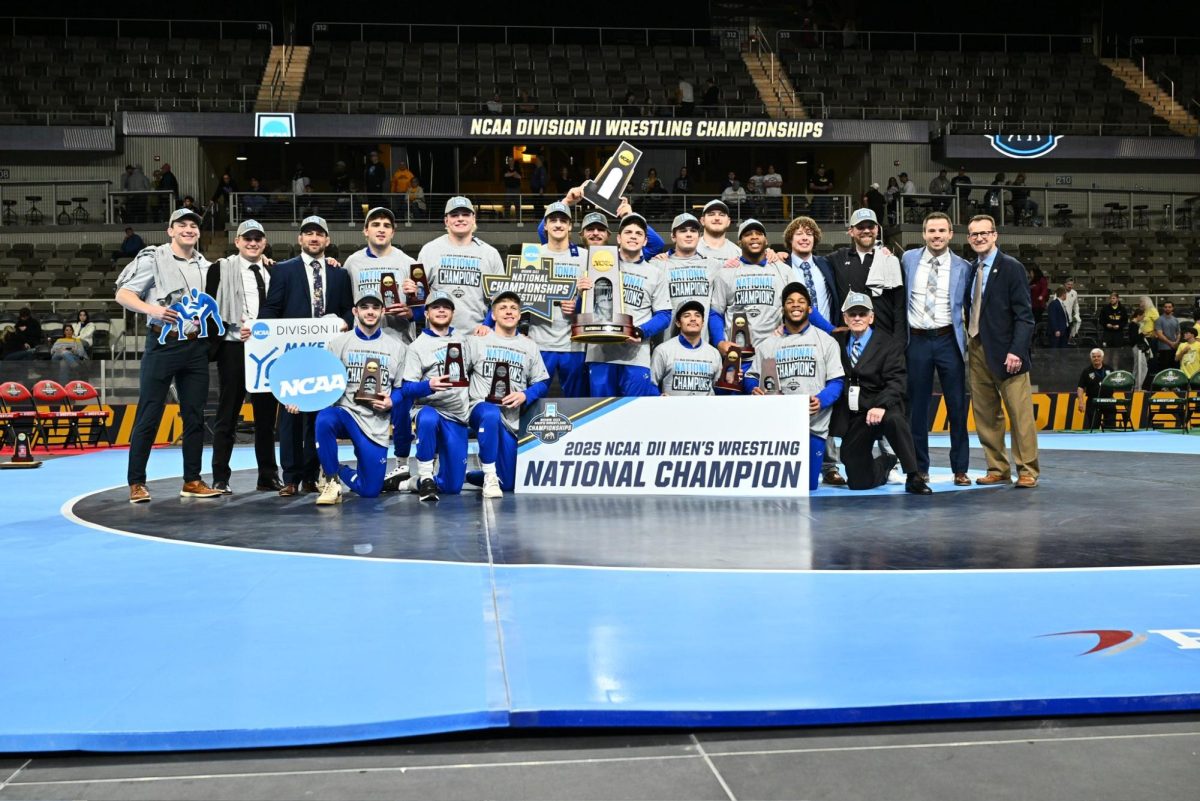
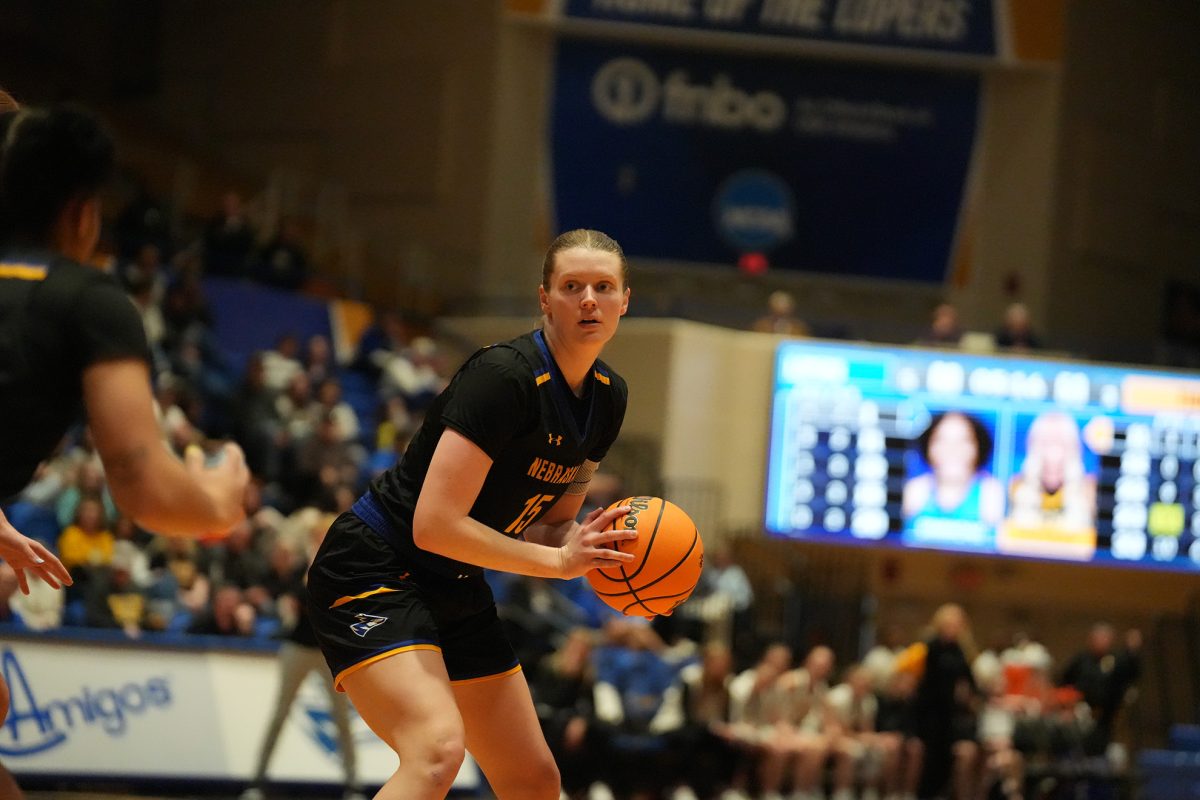
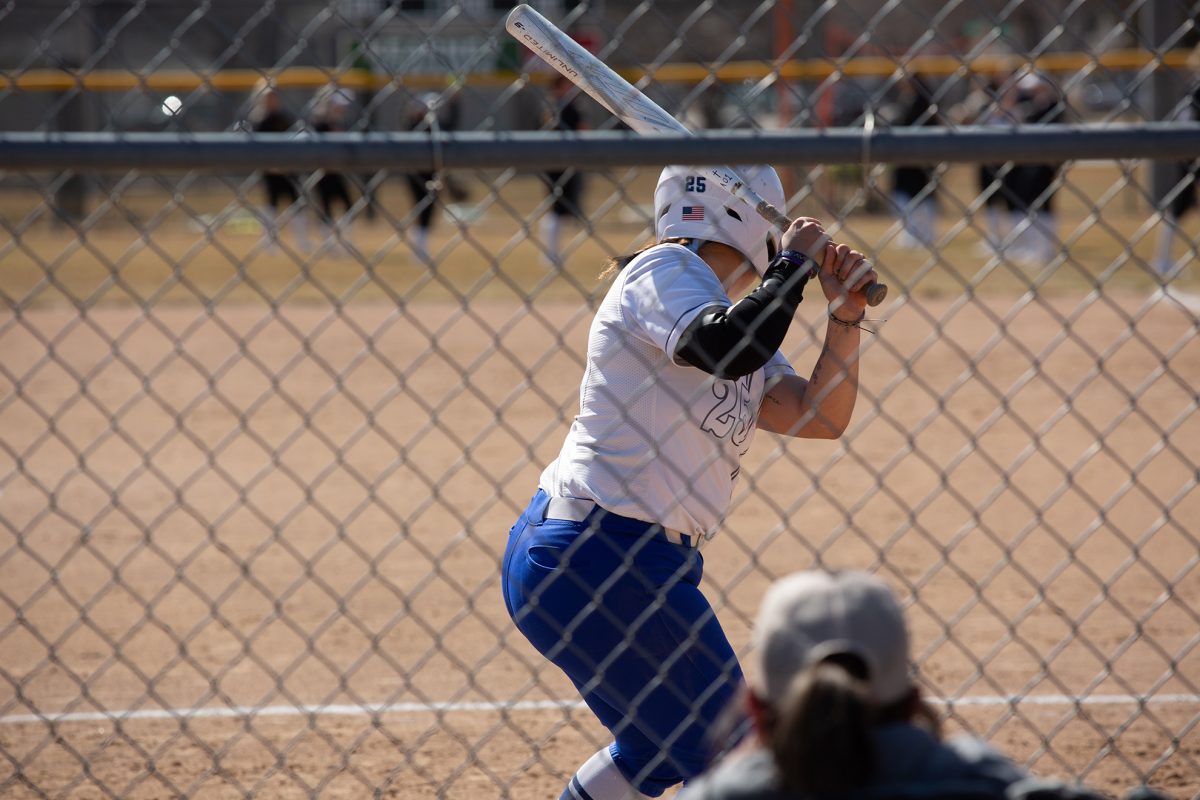







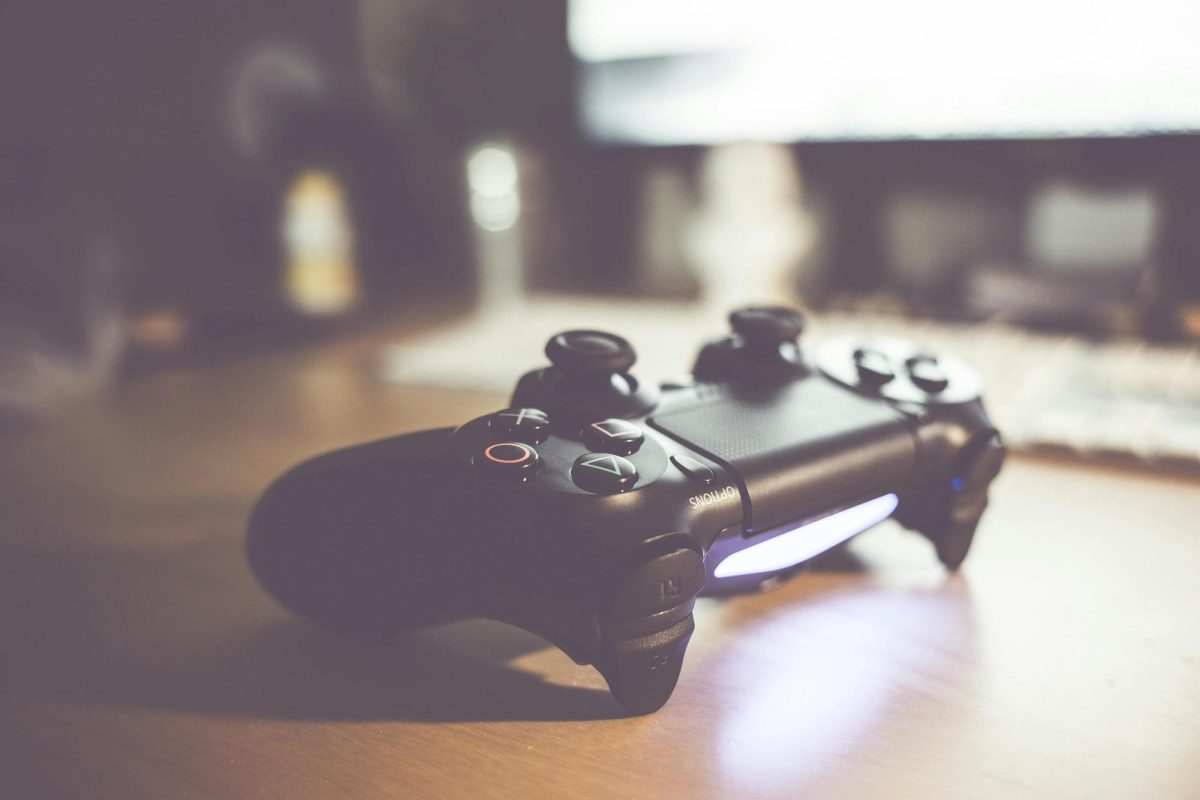
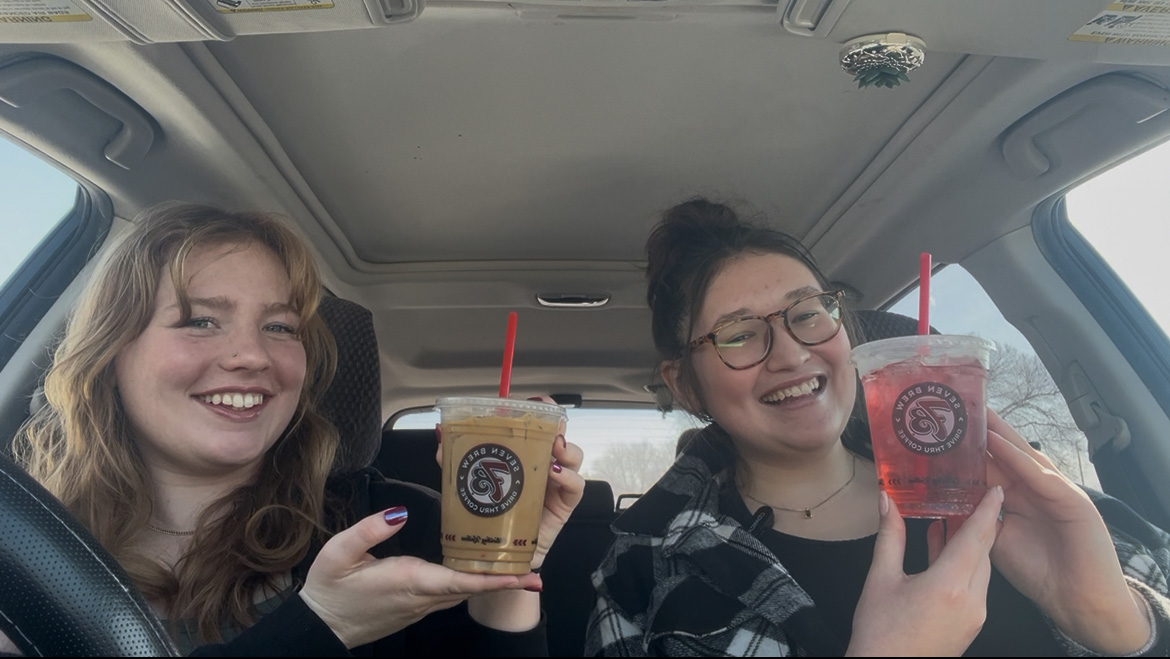






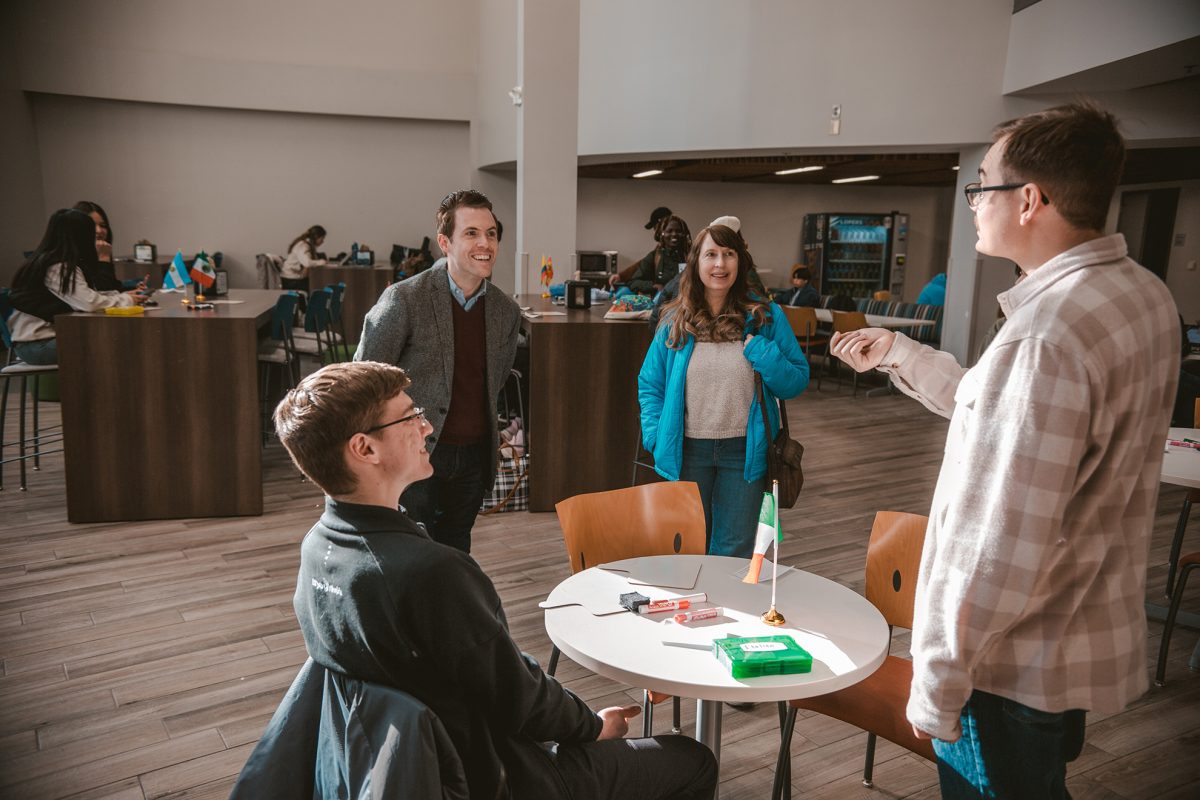


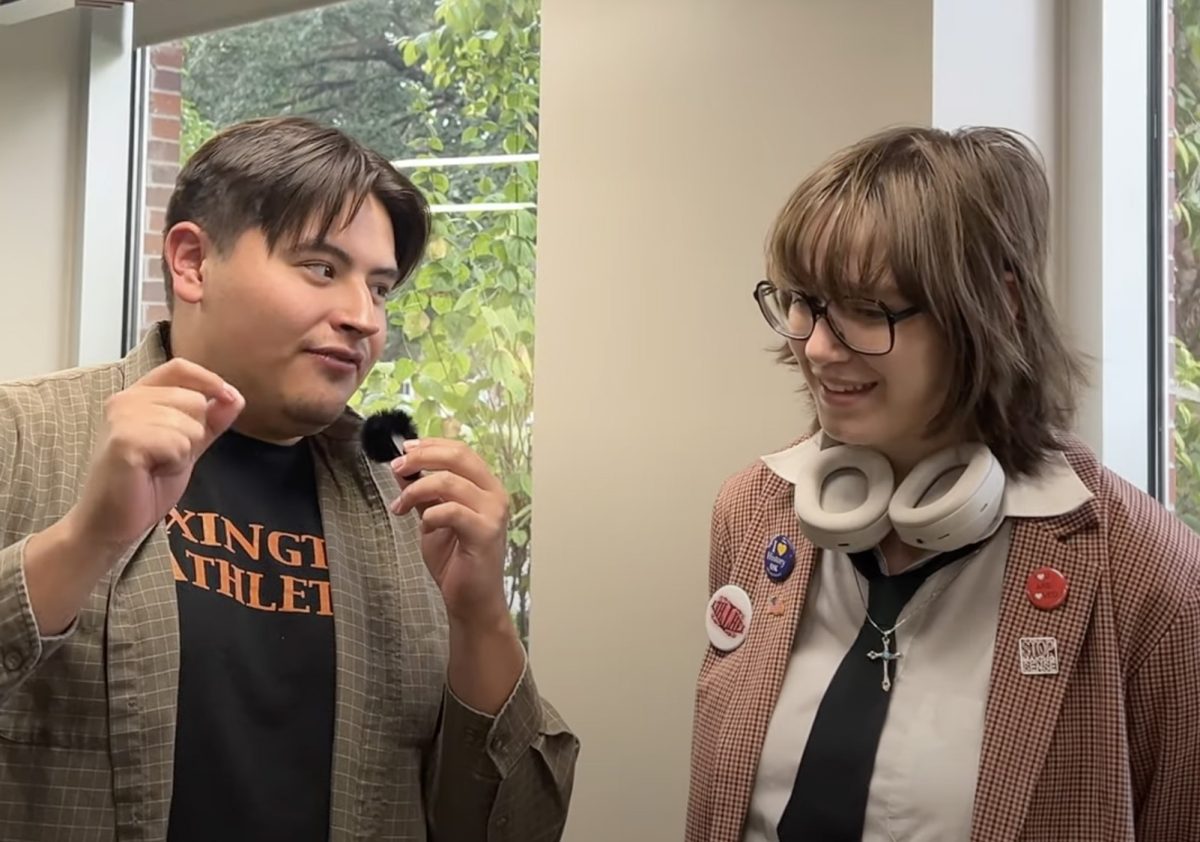
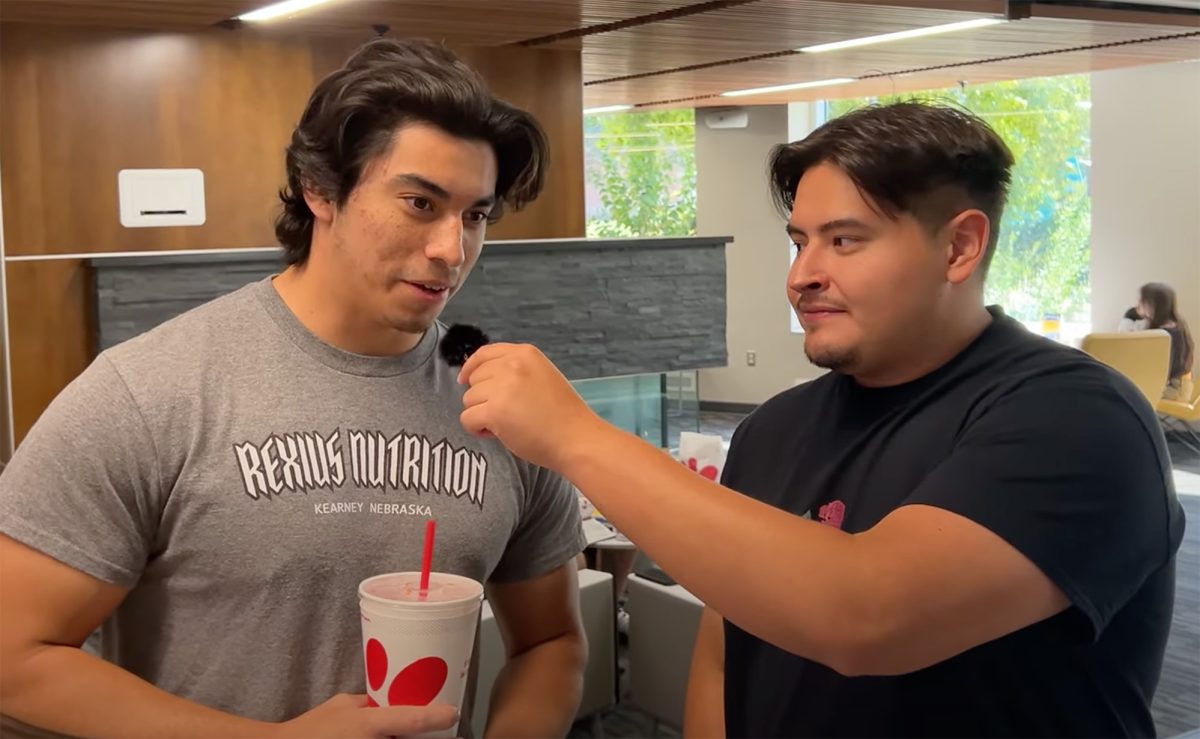
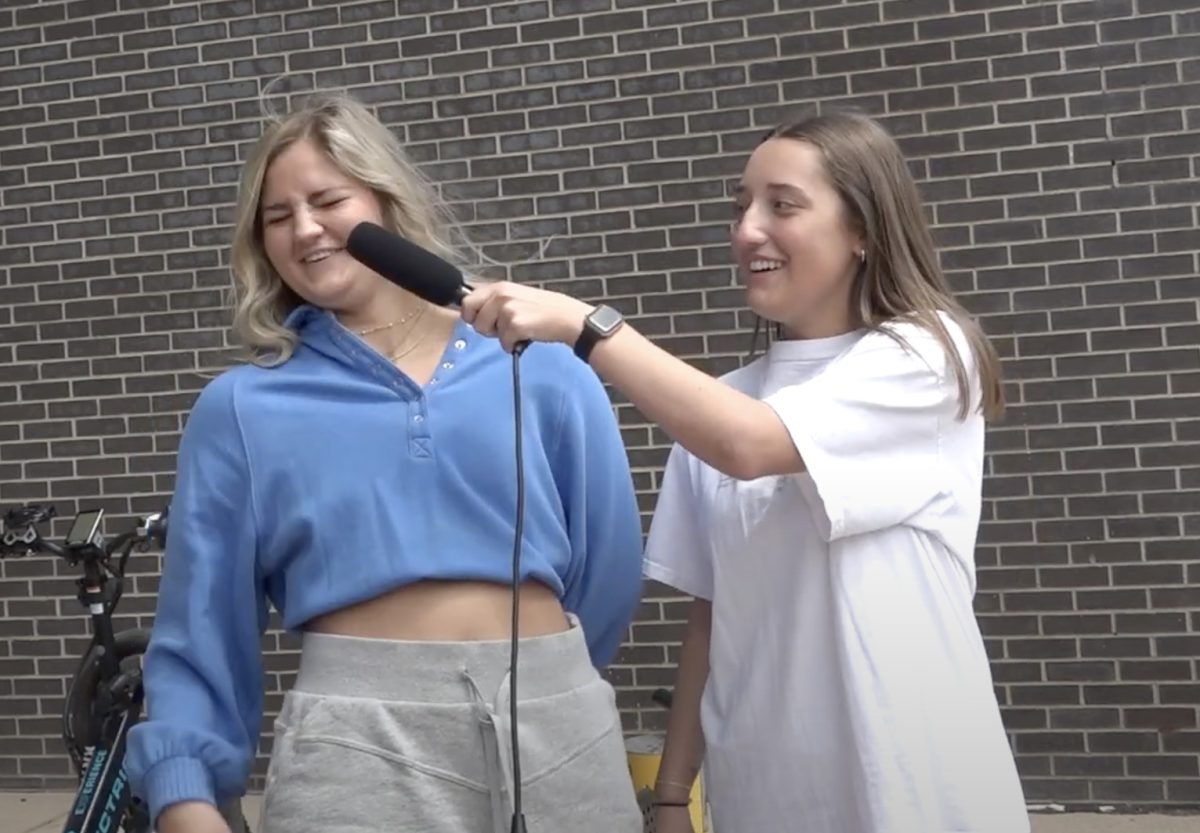
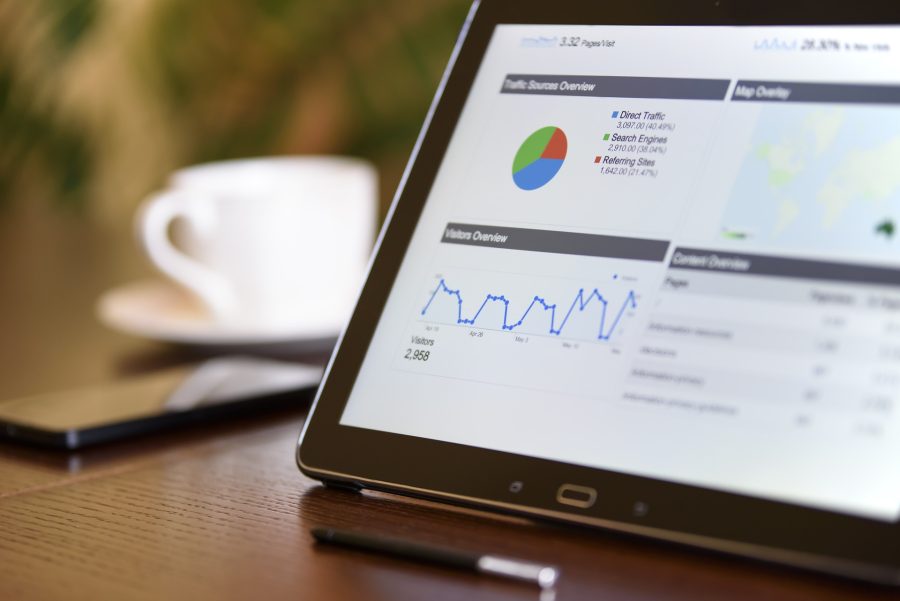
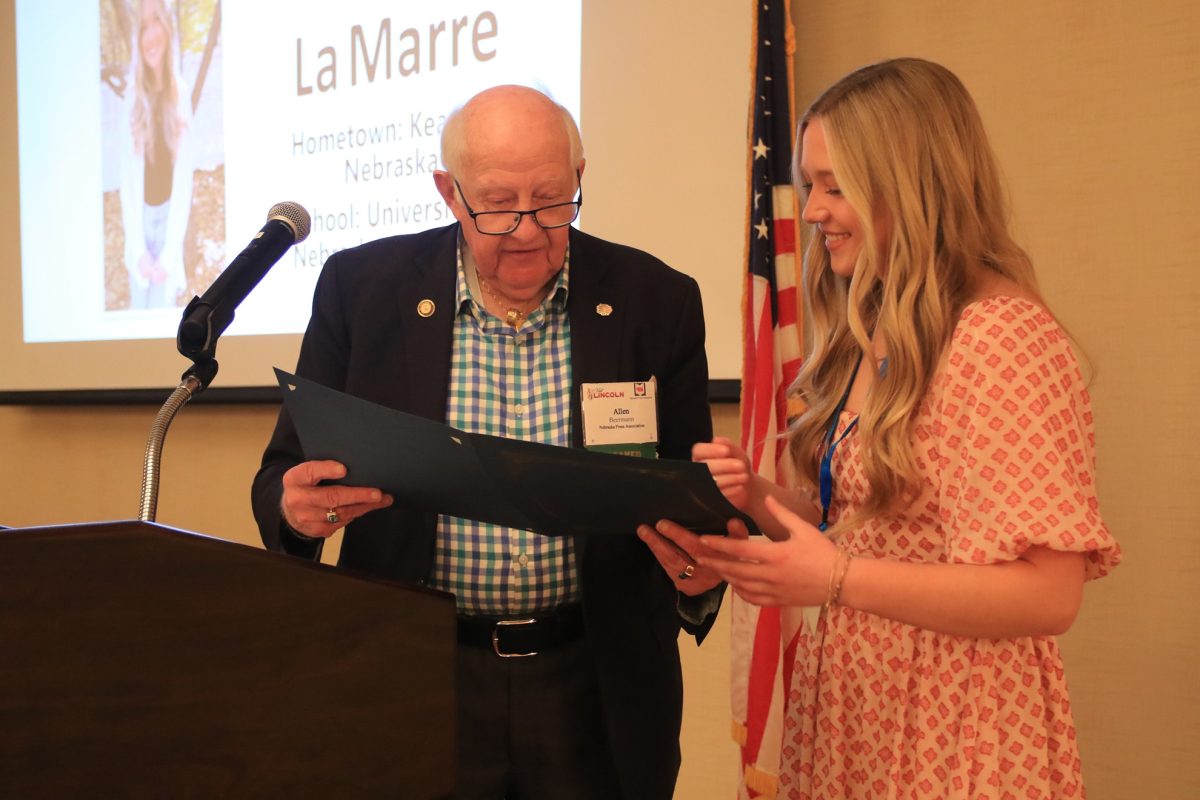
Aaron Babcock • Oct 26, 2022 at 7:27 pm
I remember this study. Thanks for giving it some life. Did it say how many participants we surveyed in 1996? I don’t remember how we collected the information.